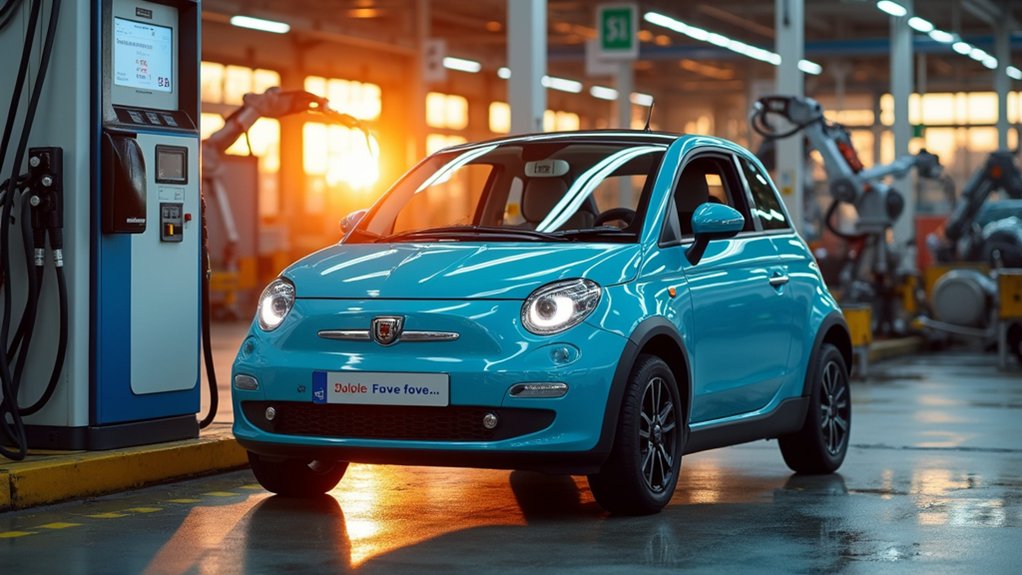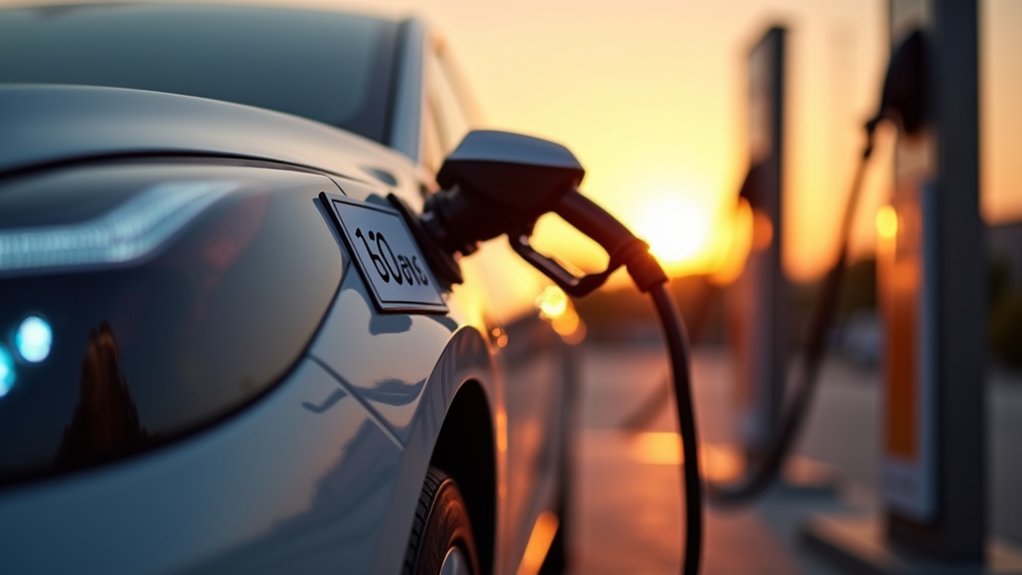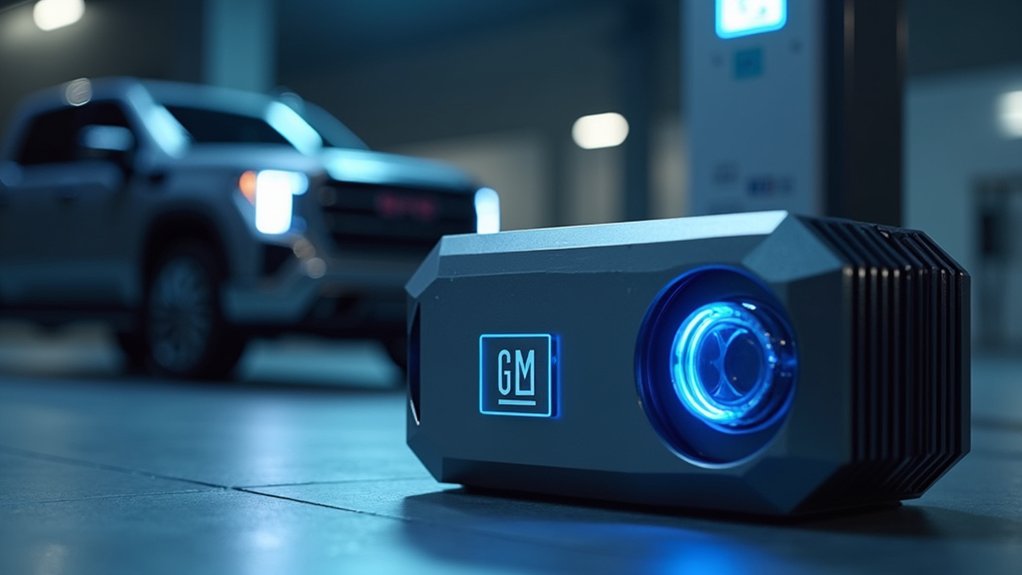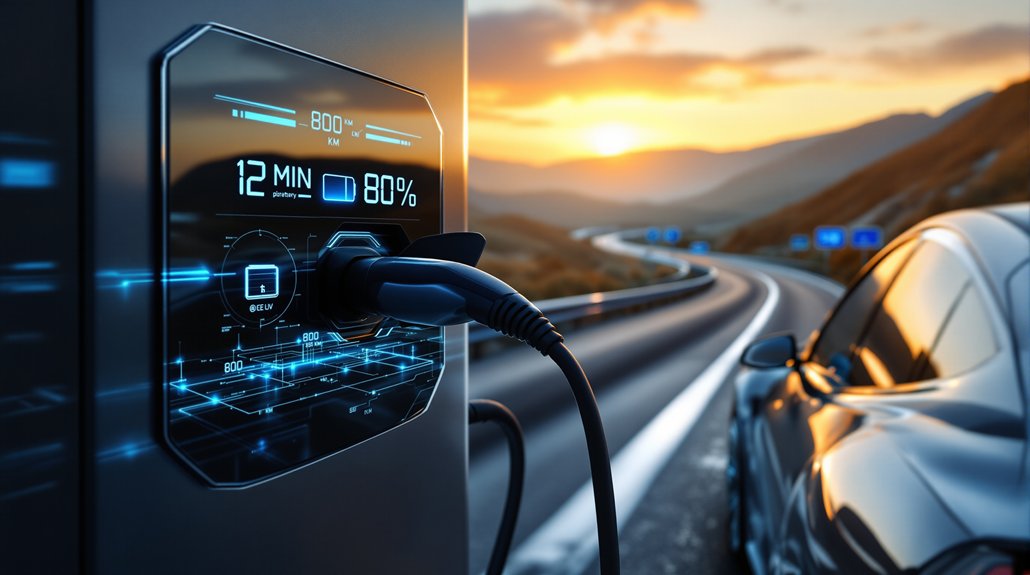A triple-force economic shift is driving electric vehicle prices to unprecedented lows across global markets. Battery technology costs have plummeted by 33% in Europe since 2020, with some Chinese manufacturers offering cells at astonishingly low rates of $53/kWh. This dramatic reduction forms the foundation of the EV affordability revolution we’re witnessing today. Bloomberg NEF projects a further 20% reduction in pack prices this year, bringing the average to $115/kWh—a figure once thought impossible before 2030.
The used EV market has simultaneously experienced a surge in inventory, with over 41,500 pre-owned electric vehicles entering the marketplace in Q1 2024 alone. These vehicles, many coming off three-year lease terms, often retain impressive technical specifications. A 2019 Tesla with 300-mile range capability now represents exceptional value compared to new models. Used electric vehicle sales have increased dramatically, showing a 57% surge in the most recent quarter. This influx has created downward pressure on both new and used EV pricing structures.
Depreciation rates for battery-electric vehicles have accelerated beyond those of internal combustion counterparts. Consumer perception regarding battery longevity and rapid technological obsolescence has contributed to this trend. The iSeeCars analysis confirms this pattern, which, while concerning for early adopters, creates opportunities for budget-conscious buyers seeking entry into electrification. With average BEV costs now decreased to about $44,400, the market is becoming increasingly accessible to mainstream consumers.
Manufacturing economics have evolved considerably. Twelve new electric models priced under €25,000 are anticipated to enter the European market soon. Automakers have implemented mass production techniques, deployed cheaper components, and benefited from economies of scale previously unavailable. I’ve observed how production optimization has enabled manufacturers to target price parity with combustion vehicles by 2025—an industry milestone.
Consumer preferences have shifted markedly, with 57% of Europeans now considering EV adoption. The sweet spot? Around €20,000—precisely where market forces are driving prices. Economic pressures have reinforced demand for affordable electric transportation rather than premium offerings.
Government policies continue playing an essential role through subsidies, tax incentives, and infrastructure development grants. Carbon taxation on conventional vehicles further enhances EV competitiveness. The market’s response? Entry-level electric vehicles now attainable at £15,000—a price point that fundamentally reshapes the automotive landscape and accelerates the shift to sustainable transportation.









